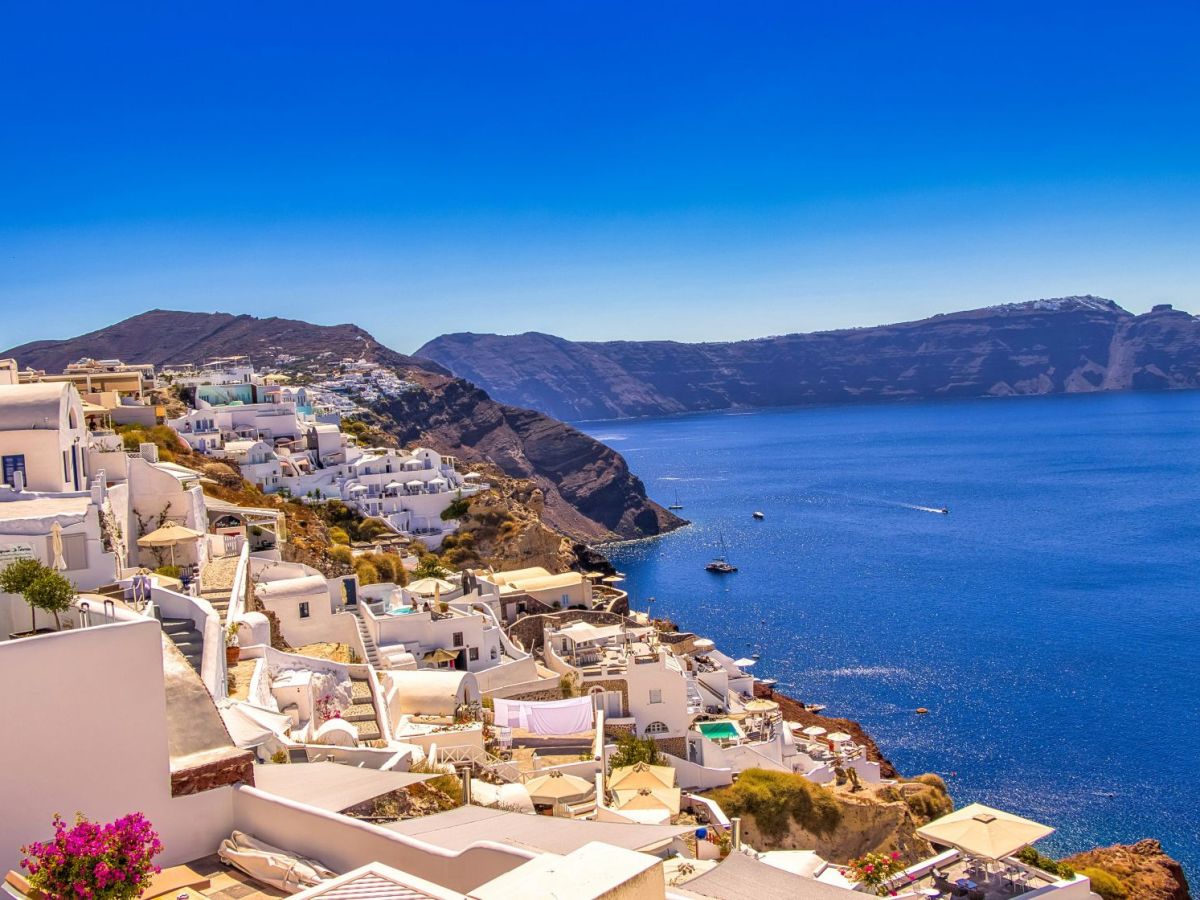Among these efforts, London-based Sail in Greece has begun testing solar-powered gulets, aiming to reduce reliance on fossil fuels. The move comes as Greece faces mounting pressure to balance its lucrative tourism industry with ecological preservation, particularly in overtouristed regions like Santorini.
Santorini Caps Visitor Numbers Amid Infrastructure Strain
Santorini, where cruise tourism has long driven the local economy, is implementing a daily visitor limit of 8,000 starting in 2025. The decision follows a University of the Aegean study warning that current tourist volumes—often exceeding 12,000 daily arrivals—are overwhelming the island’s infrastructure. Mayor Nikos Zorzos emphasized the policy is “a necessity, not a restriction,” citing overcrowded pathways, water shortages, and resident complaints. Local shop worker Anastasia Vazeou lamented, “Santorini feels like it’s no longer ours during peak season.”
Gulets Gain Momentum as Alternatives to Mass Tourism
Traditional wooden gulets, once used for fishing, are now central to Greece’s pivot toward small-scale maritime tourism. These vessels, which access secluded islands like Folegandros and Koufonisia, have seen demand rise by 30% since 2022, according to the Hellenic Chamber of Shipping. Operators such as Sail in Greece, Greece Sailing Adventures, and Blue Cruise Greece prioritize routes avoiding congested hubs, instead anchoring in lesser-visited areas.
“Gulets offer a compromise—economic benefits without the infrastructural toll of megaships,” said Dr. Alexandros Papadopoulos, a maritime researcher at the University of the Aegean. Sail in Greece, which operates 12 gulets, partners with coastal communities to integrate local produce and cultural activities into itineraries. However, the sector faces hurdles: rising fuel costs, seasonal demand fluctuations, and compliance costs linked to EU sustainability mandates.
Solar-Powered Gulets Tested Amid Regulatory Pressures
Sail in Greece’s pilot program to retrofit gulets with solar panels reflects broader industry adaptation. The EU’s 2024 Green Shipping Pact, which mandates a 40% reduction in maritime carbon emissions by 2030, has accelerated such initiatives. While the company’s co-founder, Mirella Prapa, stated their goal is to “minimize environmental impact without compromising authenticity,” analysts caution that retrofitting costs—up to €20,000 per vessel—could strain smaller operators.
The Hellenic Chamber of Shipping reports that only 15% of Greece’s commercial gulet fleet currently meets updated EU standards. Fleet ownership, a model used by SailinGreece, allows tighter control over upgrades but remains financially out of reach for many family-run businesses.
Competition and Challenges in a Changing Market
While Greek gulet charters dominate the sustainable niche, international yacht charter companies are encroaching on the luxury segment. Industry data shows a 25% increase in foreign-owned vessels offering Aegean voyages since 2021. Yet local operators retain advantages, including partnerships with island communities and permits to dock in protected bays.
Meanwhile, destinations like Milos and Symi are emerging as alternatives to Santorini, with Sail in Greece and others redirecting 20% of their itineraries to these areas. “Decentralizing tourism is key to survival,” said a Greek National Tourism Organization (GNTO) representative.
The Road Ahead: Sustainability vs. Profitability
The GNTO forecasts that small-scale maritime tourism could account for 35% of Greece’s total tourism revenue by 2026. However, achieving this hinges on balancing sustainability investments with profitability—a challenge as operational costs rise. For now, the shift toward gulets signals a broader transformation. As Santorini’s mayor noted, “The future of Greek tourism isn’t about how many visitors we attract, but how responsibly we manage them.”














